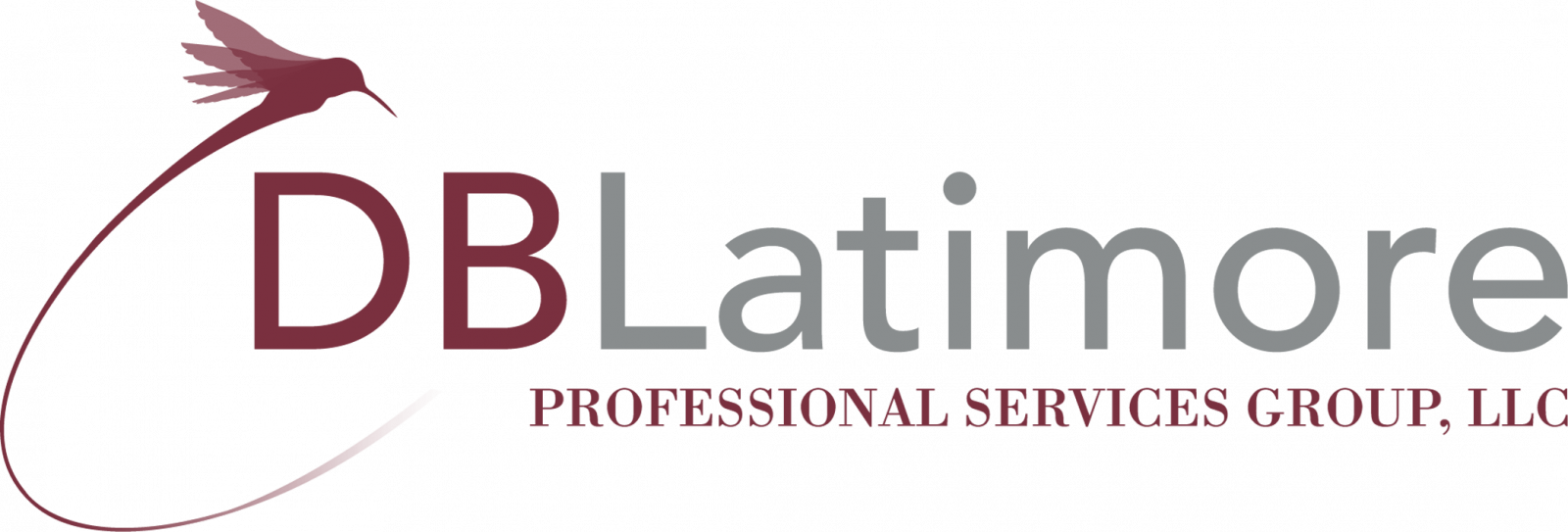If you’ve ever heard the phrase, “culture beats strategy”, we’re going to dive deep into why this statement is true. Taking it a step further, you might wonder, how to determine whether your culture is best suited for the needs of the strategy you’ve set? It’s vital that leadership understands their responsibility to the organization’s culture. This is because leaders’ beliefs (both conscious and unconscious) drive decisions and behaviors that eventually become practice norms. Gaining alignment, clarity, and having a pulse on your culture, will always help to lead a company’s performance and growth at large.
Why Culture Matters
At DB Latimore Professional Services Group, it’s our belief that there are 4 elements of culture, as defined by Edgar Schein, Sloan Professor of Management Emeritus at the Sloan School of Management at the MIT. Each element of culture, Macrocultures (nations, occupations that exists globally, …), Organizational Cultures, subcultures (groups within organizations, and microcultures (microsystems with or within organizations), attribute to the employee experience. Remember, while companies view employees as investments – inversely, employees also view their employers as an investment. In a world where terms like, The Great Resignation and quiet quitting, are a thing, it should be a priority to build and maintain a culture that attracts and retains top talent; afterall, we know that compensation is not everything for your P.E.O.P.L.E.
In 21st leadership, we must navigate cognitive dissonance to redirect the trends, stated above with a positive and agile work experience. Cognitive Dissonance tends to occur when there is a disconnect amongst leadership. A disconnect with the intersection of values, behaviors and purpose; the critical components of culture. We’re happy to report that culture can be developed and managed. While it’s not an easy feat, (with proper frameworks in place), our work suggests that it is possible to revive and sustain a culture that reflects your company’s environment and capabilities.
Determining Your Organizational Structure Style
There are many frameworks that exist which detail how an organization should set processes and workflows. While selecting which is right for your organization, there must be an assessment of the current state of your environment. We’d be remiss not to uplift that this should occur beyond the function of HR. Doing the work to identify your culture will set the tone for expectations and outcomes.
Post-pandemic there were many challenges faced by companies looking to operate differently; yet not having the proper structure in place ultimately yielding gaps within areas of the business. What has worked in the past may no longer work for the future, and that’s where agility comes into play. Culture dynamics are often overlooked as a part of how an organization builds beyond the now and achieves success.
Here are some factors to consider when understanding your culture style:
- Collaboration ( relationships)
- Creativity ( entrepreneurial)
- Competitive ( market driven)
- Controlling (hierarchical)
Knowing your culture style will help to facilitate applying frameworks that will support in moving the needle forward in developing your leaders. Challenges will still exist, however, the key will be in creating a culture driven climate that allows for shared purpose and operational agility.
Are You Including Leadership Development In Your Culture?
Creating an organizational culture takes time. Recognizing the convergence of subcultures must be an integral part of developing your culture statements. Many leaders become frustrated in their attempts to create a one-size fits all culture, this frustration is embedded in the the failure to recognize the uniqueness of each operational unit.
Our biggest takeaway in working with clients is the common theme that creating a living culture, requires the development of leaders at all levels, and the alignment of the organizational values (aspirations) with behaviors to create a shared purpose. Leaders must embrace and lead with emotional, culutral and social intelligence, to promote a positive work experience aligned with the organizations purpose and culture. This allows for the alignment of your workforce with your organization’s mission and values.
ABOUT US
DB Latimore Professional Services Group, provides services that are customized based on the needs of a company by utilizing our exclusive Productivity Powered by P.E.O.P.L.E.® framework. Our intent is to provide leadership development that aligns with strategy by cultivating employee value — driving productivity that educates and empowers workforce longevity.
Start the new year on the right foot by making a change in your strategic approach to developing leaders for operational success.We encourage you to take action now! Let us engage with you to understand your environment and develop a plan for your organization. Schedule your consultation today.



